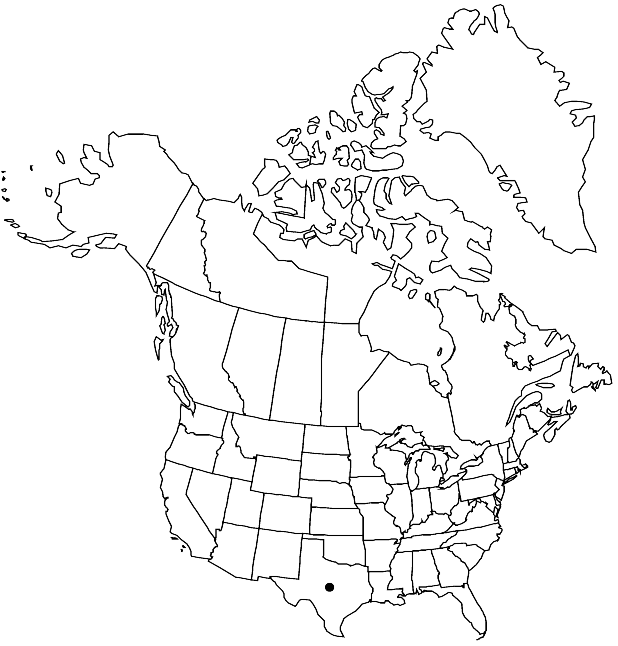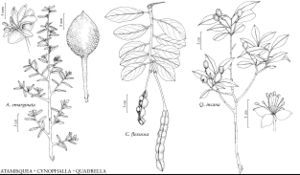Difference between revisions of "Quadrella incana"
Novon 17: 452. 2007.
FNA>Volume Importer |
FNA>Volume Importer |
||
| Line 15: | Line 15: | ||
|name=Capparis karwinskiana | |name=Capparis karwinskiana | ||
|authority=Schlechtendal | |authority=Schlechtendal | ||
| − | }}{{Treatment/ID/Synonym | + | }} {{Treatment/ID/Synonym |
|name=Capparis pauciflora | |name=Capparis pauciflora | ||
|authority=C. Presl | |authority=C. Presl | ||
| − | }}{{Treatment/ID/Synonym | + | }} {{Treatment/ID/Synonym |
|name=Octanema incana | |name=Octanema incana | ||
|authority=(Kunth) Rafinesque | |authority=(Kunth) Rafinesque | ||
| Line 59: | Line 59: | ||
|publication year=2007 | |publication year=2007 | ||
|special status= | |special status= | ||
| − | |source xml=https://jpend@bitbucket.org/aafc-mbb/fna-data-curation.git/src/ | + | |source xml=https://jpend@bitbucket.org/aafc-mbb/fna-data-curation.git/src/8f726806613d60c220dc4493de13607dd3150896/coarse_grained_fna_xml/V7/V7_257.xml |
|genus=Quadrella | |genus=Quadrella | ||
|species=Quadrella incana | |species=Quadrella incana | ||
Revision as of 17:56, 18 September 2019
Shrubs, 0.5–2.5[–8] m. Stems ± terete, tomentose, trichomes stellate. Leaves: petiole 7–14(–18) mm, nectaries absent; blade narrowly to broadly elliptic or lanceolate, 3–5(–9) × 1–3 cm, not coriaceous, base cuneate, apex acuminate, acute, or barely obtuse, abaxial surface stellate-pubescent, adaxial surface glabrous. Inflorescences 2–6 cm. Pedicels 4–6 mm, tomentose. Flowers nocturnal, fragrant; sepals deciduous, linear-oblong, 2–3 × 0.5–1 mm, abaxially with stellate trichomes; petals white, ovate, 5–6(–8) × 3–4 mm; stamens 8, 6–8 mm; gynophore 4–5 mm. Capsules dehiscing into 2–4 valves, ovoid to obovoid or globose, 13–17(–20) × 10–13 mm, not constricted between seeds. Seeds 1, (cochleate-reniform), 11–13 mm (embryo white). 2n = 16.
Phenology: Flowering spring.
Habitat: Coastal scrub
Elevation: 0-5 m
Distribution

Tex., Mexico (Campeche, Oaxaca, Tabasco, Tamaulipas, Veracruz, Yucatán), Central America (Belize, Guatemala, Honduras).
Discussion
Selected References
None.
